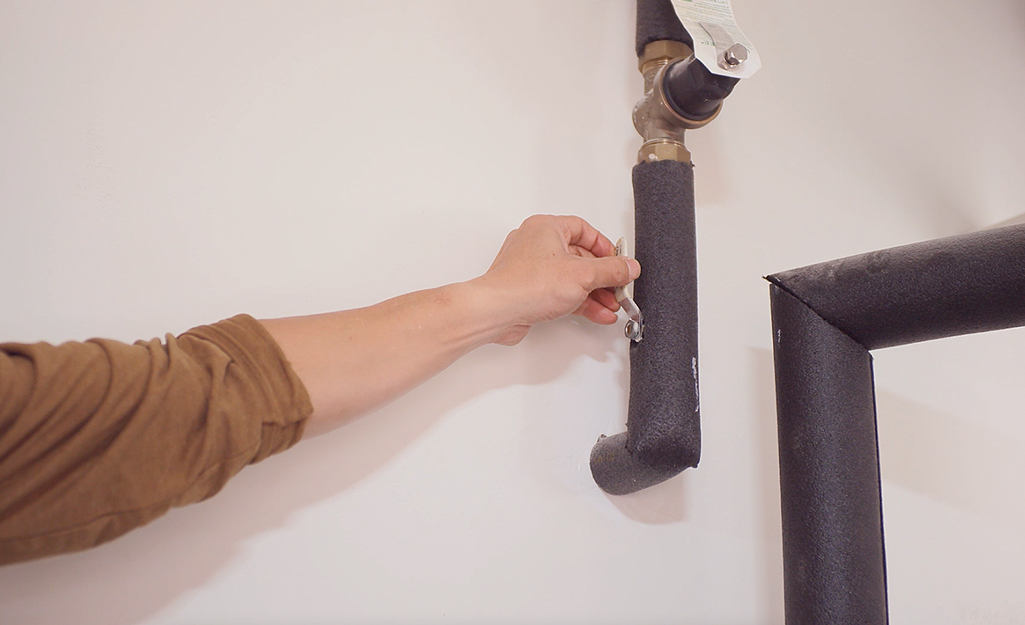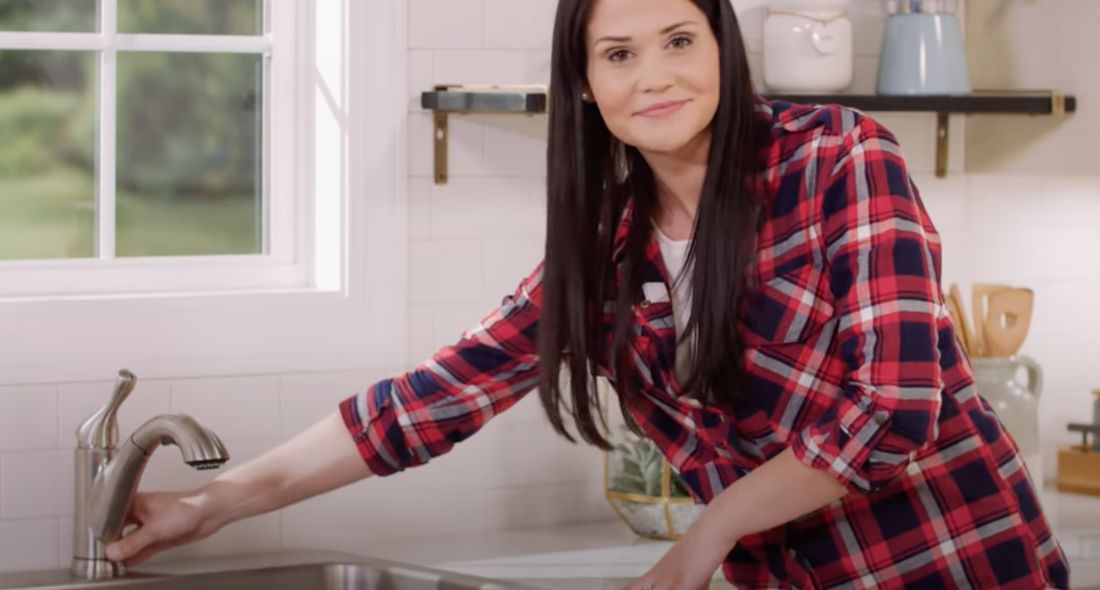Which It's Crucial to Resolve a Malfunctioning Faucet
Which It's Crucial to Resolve a Malfunctioning Faucet
Blog Article
Do you find yourself looking for answers about 4 Common Reasons for a Leaky Faucet?

Leaking faucets may feel like a minor hassle, yet their impact surpasses simply the annoyance of the audio. From wasting water to incurring unneeded financial prices and health and wellness dangers, overlooking a leaking tap can bring about different effects. In this article, we'll delve into why it's critical to resolve this usual household concern without delay and effectively.
Waste of Water
Environmental Impact
Dripping taps contribute significantly to water wastage. According to the Epa (EPA), a single tap leaking at one drip per secondly can lose more than 3,000 gallons of water each year. This not only stress water sources yet likewise influences environments and wild animals based on them.
Step-by-Step Overview to Taking Care Of a Dripping Tap
Devices Needed
Prior to attempting to fix a leaking tap, gather the essential tools, including a flexible wrench, screwdrivers, replacement parts (such as washing machines or cartridges), and plumber's tape.
Typical Tap Issues and Their Solutions
Identify the kind of tap and the details issue triggering the drip. Usual problems include damaged washing machines, rusty shutoff seats, or defective O-rings. Refer to maker directions or on-line tutorials for step-by-step advice on repair work.
Financial Expenses
Enhanced Water Expenses
Past the environmental effect, trickling taps can inflate water bills considerably. The gathered wastefulness over time translates right into higher energy costs, which can have been prevented with timely repair services.
Potential Building Damages
Additionally, extended trickling can lead to damage to components and surfaces bordering the tap. Water buildup can cause discoloration, deterioration, and also architectural concerns if left neglected, causing additional repair service expenses.
Health and wellness Worries
Mold and Mildew Growth
The constant presence of dampness from a trickling tap produces an excellent environment for mold and mildew and mold growth. These fungis not just jeopardize indoor air quality yet likewise position health threats, especially for individuals with respiratory system conditions or allergic reactions.
Waterborne Illness
Stationary water in leaking faucets can come to be a breeding place for microorganisms and various other virus, enhancing the danger of waterborne conditions. Impurities such as Legionella germs prosper in stationary water, potentially leading to major ailments when consumed or inhaled.
DIY vs. Professional Repair service
Advantages and disadvantages of DIY Repair Work
While some might try to fix a leaking faucet themselves, DIY repair work come with their very own set of challenges. Without correct expertise and devices, DIY efforts can aggravate the problem or lead to insufficient repair services, prolonging the trouble.
Advantages of Hiring a Specialist Plumber
Hiring a specialist plumber guarantees that the underlying source of the leaking tap is addressed properly. Plumbing professionals possess the proficiency and tools to diagnose and repair tap issues effectively, conserving time and reducing the threat of additional damages.
Ecological Obligation
Private Payment to Conservation
Taking duty for fixing dripping taps aligns with broader efforts towards water preservation and environmental sustainability. Every individual's activities collectively make a significant influence on protecting priceless sources.
Lasting Living Practices
By focusing on prompt repairs and taking on water-saving behaviors, individuals contribute to sustainable living techniques that profit both present and future generations.
Preventive Measures
Regular Upkeep Tips
To avoid dripping taps, do routine upkeep such as cleaning up aerators, examining for leakages, and replacing damaged parts without delay. Furthermore, consider installing water-saving tools or upgrading to extra effective components.
Value of Prompt Services
Addressing trickling taps as quickly as they're seen protects against more water wastefulness and prospective damage, ultimately conserving both water and cash over time.
Impact on Residential Property Value
Perception of Well-Maintained Residential Or Commercial Property
Maintaining a residential or commercial property in good condition, consisting of attending to maintenance concerns like dripping taps, improves its regarded value and worth amongst prospective customers or renters.
Impact on Resale Value
Properties with well-kept plumbing components, consisting of faucets, command greater resale values in the property market. Dealing with trickling faucets can add to a positive impact during residential or commercial property examinations and settlements.
Verdict
Addressing a leaking tap goes beyond simple ease; it's a vital action towards conserving water, minimizing economic prices, and safeguarding health and wellness and building. Whether through DIY fixings or specialist assistance, taking action to repair leaking faucets is a little yet impactful method to promote accountable stewardship of resources and contribute to a healthier, more sustainable future.
How to Fix a Dripping or Leaky Faucet
A leaking faucet is one of the most common problems that homeowners encounter, but it being commonplace doesn’t make it any less annoying. The constant drip drip drip of a leaking bathtub faucet, showerhead, or sink tap can disturb your home’s serenity. Left neglected, a dripping faucet can also result in higher water bills and discoloration or mold growth in your sink or plumbing fixtures.
Fortunately, you don’t have to be a trained plumber to know how to stop a dripping faucet. With some basic tools, replacement parts, and a little patience, leaky faucet repair is a breeze. In this article, we’ll explain what causes dripping faucets and how you can fix them.
What Causes a Leaking Faucet?
Kitchen and bathroom faucets come in all manner of designs, but most involve some combination of valves, O-rings, seals, and washers. The O-ring is usually the weakest link, but any one of these pieces can wear down over time. Heat, moisture, temperature fluctuations, minerals, mold, and movement can contribute to warping and corrosion, breaking the watertight seal. This just comes with the territory of being a homeowner. Everything is always subject to wear and tear, and some component parts of your appliances and fixtures need to be replaced on occasion. At least replacement O-rings are cheap!
More rarely, dripping faucets can be a symptom of excessively high water pressure. Were this the case in your home, you would probably notice that the leak is not isolated to one faucet. Water pressure issues are harder to resolve on your own. We recommend contacting a professional plumber if you suspect your water pressure is too high.
How to Fix a Dripping Faucet
Pipe wrench or monkey wrench Allen wrench set Screwdrivers Old towel or rag Shut off the water.
Before you do anything, you need to turn off the water to keep from drenching your kitchen or bathroom. You should find a valve under the sink and against the wall. Once you’ve turned this valve, try turning the faucet on to confirm that the water source has been cut off.
If you can’t locate your local valve for the faucet you’re working on, you can always shut off the water to the house at the main valve. Of course, this will prohibit anyone from using the sinks, showers, or toilets while you’re working on the faucet that’s giving you trouble.
Plug or block the drain.
You’ll be disassembling the faucet and removing some small bits of hardware. Plug the drain with a stopper or rag to avoid the possibility of a small screw falling into your P-trap.
Take apart the faucet assembly.
There are several varieties of kitchen and bathroom faucets, each with its own manner of assembly. For detailed instructions on how to disassemble your faucet, you can refer to the fixture’s manual or contact the manufacturer. If you know whether you have a ball, disc, cartridge, or compression faucet, you can find detailed schematics online.
In general, you need to begin by removing the faucet handles. You might notice a small screw that you’ll need to remove with a screwdriver or Allen wrench. If you don’t see any visible securing hardware, it’s likely hidden under a decorative cap that can be unscrewed or popped off with flathead screwdriver.
Remove each piece methodically, consulting a schematic when necessary. Take notes or arrange the pieces in such a way to make it easier to correctly reassemble the faucet later.
Remove the cartridge.
Once you’ve removed the handles and securing hardware, you should be able to remove the valve cartridge or stem. Some cartridges will slide right out. Other faucet models will require you to loosen a nut with a pipe wrench before you can remove the valve stem.
Examine the exposed hardware.
With the cartridge or stem removed, inspect the component parts. Check the rubber O-rings for wear and tear. Also examine the seat washer for corrosion or other damage. These pieces are usually the responsible parties for a dripping faucet, but it’s worth inspecting the other component parts while you have the faucet disassembled.
Find replacement parts.
Once you’ve identified which faucet component has failed, find an identical replacement. Your local hardware store should have O-rings, seat washers, and other standard components in stock. If you have a luxury or uncommon faucet, you may have to contact the manufacturer for a replacement part.
It’s a good idea to take your old parts with you to the hardware store so you can compare them with the store’s inventory and be sure you’re purchasing the correct replacement.
Reassemble the faucet.
With your new parts in hand, reconstruct the faucet and handles. Don’t be tempted to overtighten screws or nuts. You might think this could create a better seal, but it can instead damage or bend a delicate part of the assembly and create a new problem for you.
Turn on the water and test the faucet.
The only thing left to do is test your work. Unplug the sink, turn the water back on, and try the faucet. Congratulate yourself on a job well done!
https://www.libertyhomeguard.com/how-to-fix-a-dripping-or-leaky-faucet/

I have been very eager about Why Is It Important To Fix Your Leaking Tap/Faucet? and I'm hoping you appreciated my post. In case you enjoyed reading our blog post please remember to share it. Thank you for taking the time to read it.
Report this page